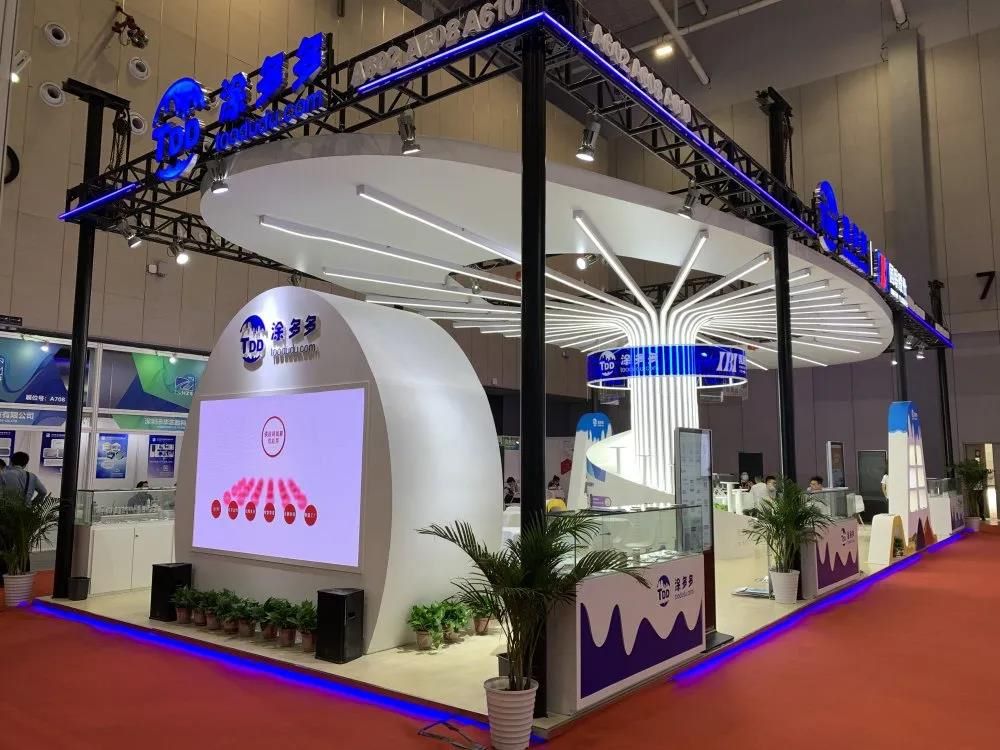Tire safety: the invisible guardian of driving safety
As the only part of the vehicle that contacts the ground, the condition of the tire is directly related to driving safety. According to statistics, traffic accidents caused by tire problems in my country account for up to 20% each year. Mastering the following five key points can effectively reduce risks.

1. Be alert to tire aging and wear
The tire life is usually 3-5 years. Even if the mileage is low, rubber aging will increase the risk of tire blowout. Check whether there are cracks on the tire sidewall and whether the tread depth is less than 1.6 mm (which can be judged by the wear marks in the tire groove). If bulges, cracks or wear to the safety line are found, be sure to replace it immediately.
2. Tire pressure management is crucial
Excessive tire pressure can easily cause rapid wear in the center of the tread and burst when impacted; insufficient tire pressure will aggravate the damage to the tire sidewall and increase fuel consumption. It is recommended to check the tire pressure every month when the car is cold (refer to the vehicle manual standard), increase it by 10% appropriately in winter, and equip it with a tire pressure monitoring tool.
3. Identify key parameters to avoid misuse
When replacing tires, pay attention to the following:
Production date: The four-digit number on the side of the tire (such as "2213" means it was produced in the 13th week of 2022). If it exceeds one year, it is a stock tire with a high risk of aging.
3T index: Wear resistance (Treadwear) should be above 300, and grip (Traction) and high temperature resistance (Temperature) should both be grade A.
Speed level: The letters on the side of the tire (such as "H" represents 210km/h). Driving over the speed limit can easily cause a tire blowout.
4. Standard installation and use details
When installing, confirm the front and back of the tire ("OUTSIDE" facing outward), otherwise it will affect the grip. Spare tires are only for emergency use, the maximum speed should not exceed 80 kilometers, and the air pressure and status should be checked regularly. Repaired tires should not be used for front wheels or high-speed driving.
5. Daily maintenance cannot be ignored
Regularly clean up foreign objects such as gravel and glass slag in the tire tread to avoid puncturing the tire body; check the four-wheel alignment every 10,000 kilometers to prevent uneven wear; avoid overloading and sudden braking to reduce abnormal tire wear.
Data shows that 80% of tire failures are caused by daily neglect. Driving safety is no small matter. Starting from the details, we can protect every journey.
- Chinese tire companies are expanding production969
- Sailun’s performance is outstanding: revenue exceeds 30 billion and profits increase significantly!986
- Global tire companies' competitiveness ranking for 2025 released958
- Linglong Tire, creating a legendary production capacity empire965
- Foreign-invested Chinese factories are expanding their production capacity1017









